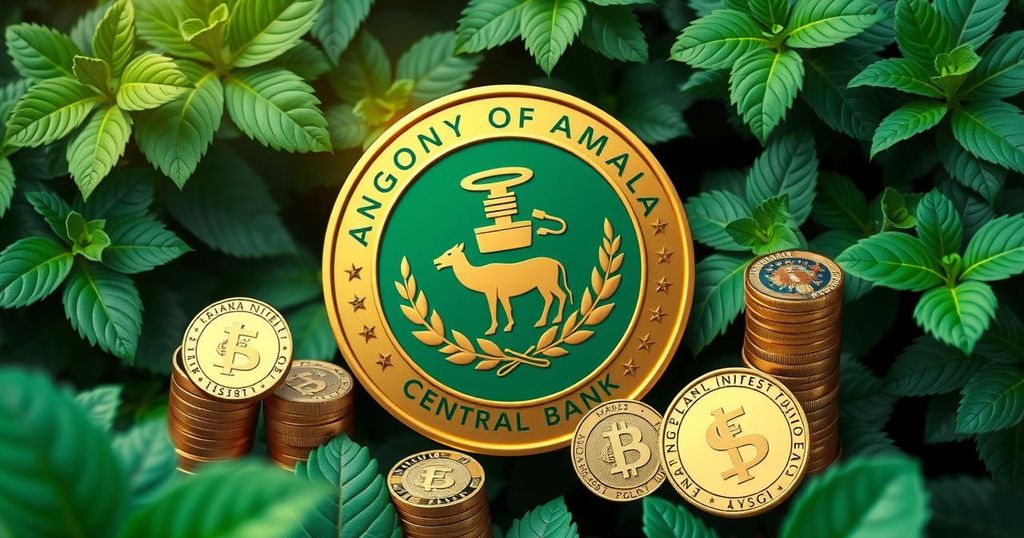Afghanistan’s Opium Prices Surge: Impacts on Farmers and Organized Crime
Opium prices in Afghanistan have drastically increased post-2022 drug ban, reaching $750 per kilogram. The UNODC reports a 50% drop in opiate seizures, benefiting organized crime. Despite substantial stockpiles, most farmers face financial hardship, underscoring the need for sustainable economic alternatives to mitigate reliance on opium cultivation.
According to the latest data from the United Nations Office on Drugs and Crime (UNODC), opium prices in Afghanistan have surged tenfold since the imposition of a drug ban by the Taliban in 2022. Specifically, the cost of one kilogramme of opium has risen from $75 three years ago to $750 last year, thereby compensating sellers for reduced production and fewer poppy fields.
The UNODC reported a significant decline in heroin and opium seizures, which have decreased by approximately 50 percent by weight since 2021. This decline can be attributed to the effects of the ban on production in Afghanistan, which has created challenges for opiate trafficking networks.
Opium, the primary ingredient in heroin production, is mainly sourced from Afghanistan, Colombia, and Myanmar. The increase in prices has resulted in “massive profits being made, primarily benefiting high-level traders and exporters in organised crime groups,” according to the UNODC.
The UN agency noted that Afghan opiate stockpiles at the end of 2022 totaled 13,200 tonnes, capable of meeting demand until the year 2027. UNODC Executive Director Ghada Waly stated that the surge in opium prices, coupled with substantial stockpiles, ensures that drug trafficking remains a highly lucrative illicit market.
Waly emphasized the need for a coordinated counter-narcotics strategy targeting trafficking networks while also investing in sustainable economic options for farmers to ensure long-term stability in Afghanistan. The opium stockpiles, valued between $4.6 billion and $5.9 billion, constituted roughly 23 to 29 percent of Afghanistan’s economy in 2023, providing a buffer for many Afghans amid ongoing economic difficulties.
Despite this, the UNODC cautioned that 60 percent of opium stockpiles are likely held by large traders, leaving most farmers in dire financial strain. To combat this financial hardship and prevent a return to opium cultivation, sustainable alternatives are urgently required. Furthermore, the agency warned that a persistent opium shortage could push buyers and sellers towards more dangerous synthetic alternatives like fentanyl and other potent opioids.
In summary, the significant rise in opium prices in Afghanistan highlights the challenges following the Taliban’s drug ban, which paradoxically benefits organized crime groups. The urgent need for sustainable economic alternatives for farmers is crucial to deter a resurgence in opium cultivation. Without addressing these issues and implementing a coordinated counter-narcotics strategy, the illicit drug trade, with its accompanying economic instability, will persist.
Original Source: news.un.org




Post Comment